How ABA Therapy Can Improve Problem-Solving Skills in Children with Autism
Exploring the Role of ABA in Enhancing Autism Problem-Solving Skills
Understanding ABA Therapy and Its Impact
Applied Behavior Analysis (ABA) therapy is renowned for its effectiveness in supporting children with Autism Spectrum Disorder (ASD). Known for its tailored approach, ABA focuses on modifying behaviors and enhancing learning through systematic techniques. A core aspect of ABA is its ability to improve problem-solving skills, which is crucial for helping children navigate day-to-day challenges. This article delves into the specific ways ABA therapy can foster problem-solving capabilities in children with autism, providing insights into the mechanisms, benefits, and strategies involved.
Benefits and Effectiveness of ABA Therapy
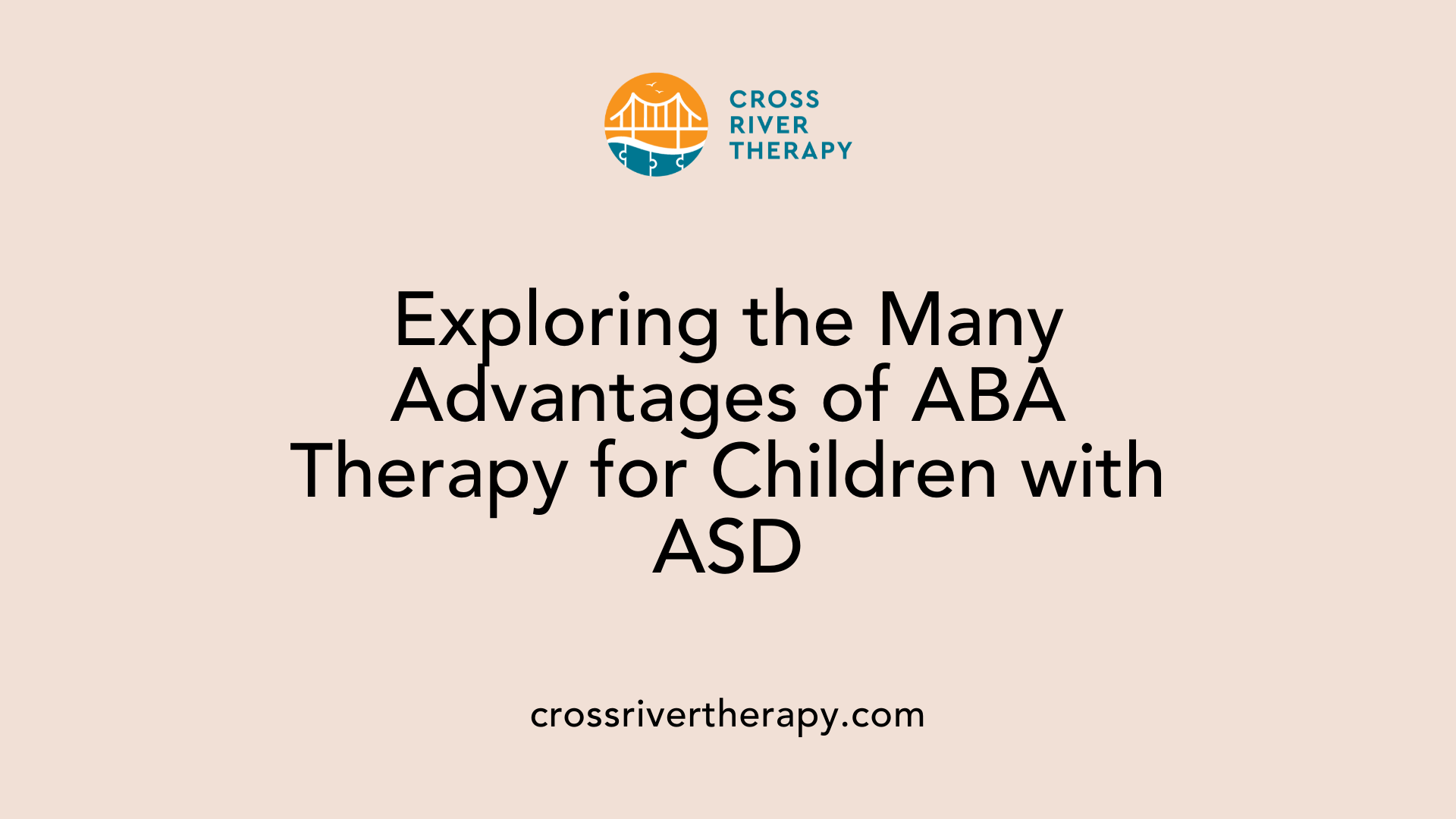
What are the benefits and effectiveness of ABA therapy for children with Autism Spectrum Disorder?
Applied Behavior Analysis (ABA) therapy is recognized for its robust, evidence-based approach to addressing the diverse challenges faced by children with Autism Spectrum Disorder (ASD). One of the primary benefits includes the improvement of essential communication skills, enabling children to express their needs and interact more effectively with peers and caregivers.
Additionally, ABA therapy enhances social skills through structured interactions. Children learn to identify and respond to social cues such as body language, promoting better engagement and relationship-building. The use of social stories and structured play settings allows children to practice collaboration and conflict resolution, which are critical for developing their problem-solving abilities.
What role does positive reinforcement play in ABA therapy?
Positive reinforcement is a central principle in ABA therapy, where immediate praise or rewards encourage desired behaviors. This technique helps children build self-confidence and motivates them to tackle problems independently. By reinforcing successful attempts at tasks, children learn to associate effort with positive outcomes, further enhancing their willingness to engage with complex skills, including self-care and communication.
How does individualized treatment benefit children in ABA therapy?
Individualized treatment plans are fundamental to ABA therapy. Qualified behavior analysts (BCBAs) create tailored interventions based on each child’s unique challenges and strengths. This customization involves setting achievable goals and using specific strategies to address skill deficits, ensuring that the therapy aligns with the child's developmental stage. These personalized programs significantly contribute to enhancing the child's academic skills, language development, and social competencies.
| Aspect | Description | Benefit |
|---|---|---|
| Communication Skills | Improves ability to express needs and collaborate. | Enhances social interactions. |
| Positive Reinforcement | Encourages desired behaviors through rewards and praise. | Builds self-confidence and encourages independence. |
| Individualized Plans | Customizes therapy based on unique strengths and challenges. | Promotes targeted skill improvement and success. |
Mechanisms of ABA Therapy in Problem Solving
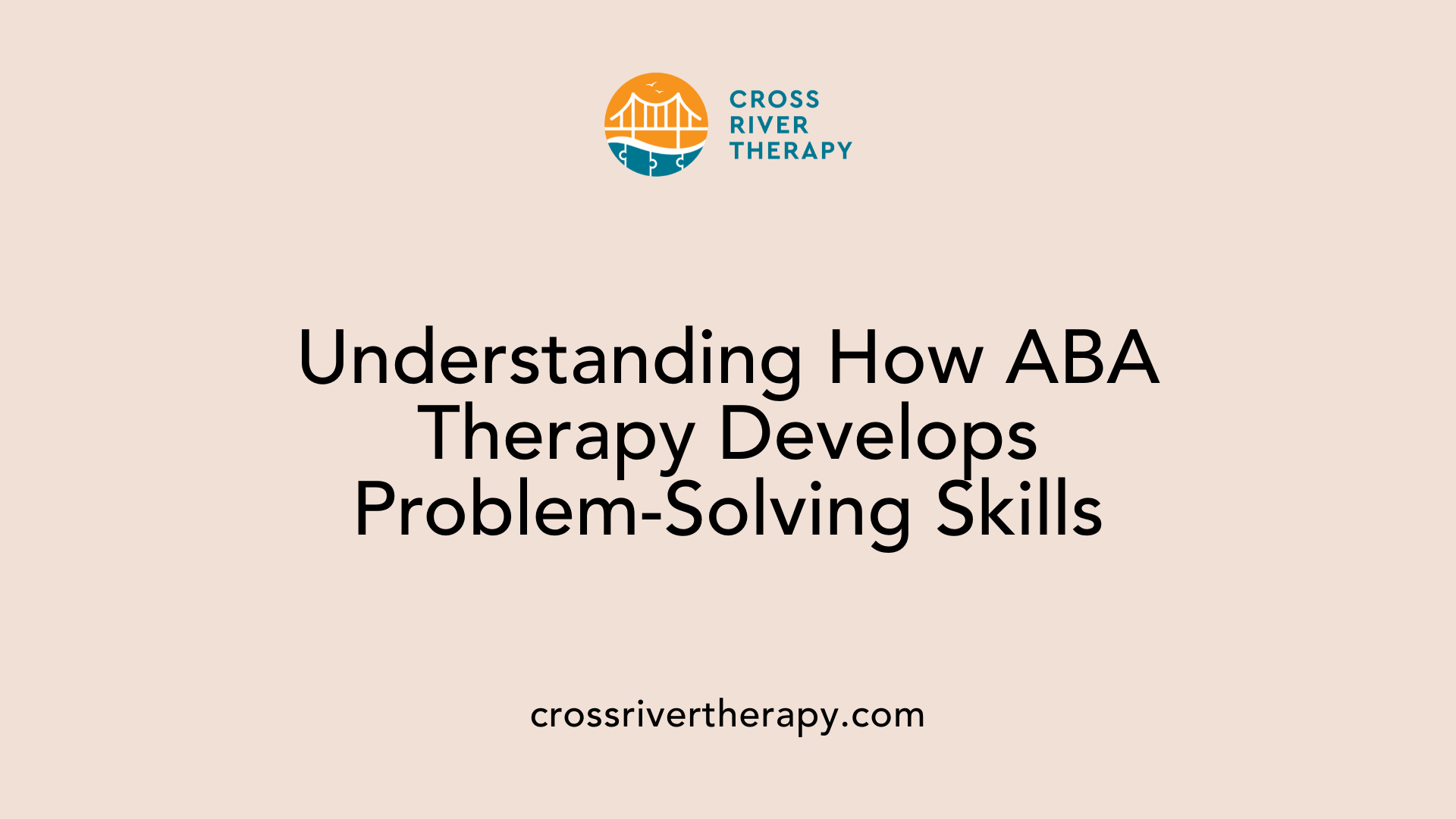
How does ABA therapy help children with autism develop problem-solving skills?
ABA therapy aids children with autism in developing problem-solving skills through various effective mechanisms. One fundamental approach is task analysis, where complex tasks are broken down into smaller, manageable steps. For example, teaching a child to brush their teeth can involve distinct components like getting a toothbrush, applying toothpaste, and rinsing. This step-by-step breakdown simplifies the learning process.
In addition, positive reinforcement strategies play a critical role in fostering these skills. When children successfully engage in these tasks, they receive immediate praise or tangible rewards, motivating them to repeat these behaviors. This reinforcement not only encourages independence but also solidifies their understanding of effective problem-solving methods.
Moreover, ongoing functional behavior assessments allow therapists to customize treatment plans based on each child's unique strengths and challenges. By continuously collecting data, therapists can monitor progress and make necessary adjustments to strategies, ensuring that children are supported effectively.
Overall, ABA therapy provides a structured environment where children can practice, learn, and enhance their problem-solving abilities systematically.
ABA Techniques Related to Problem Solving
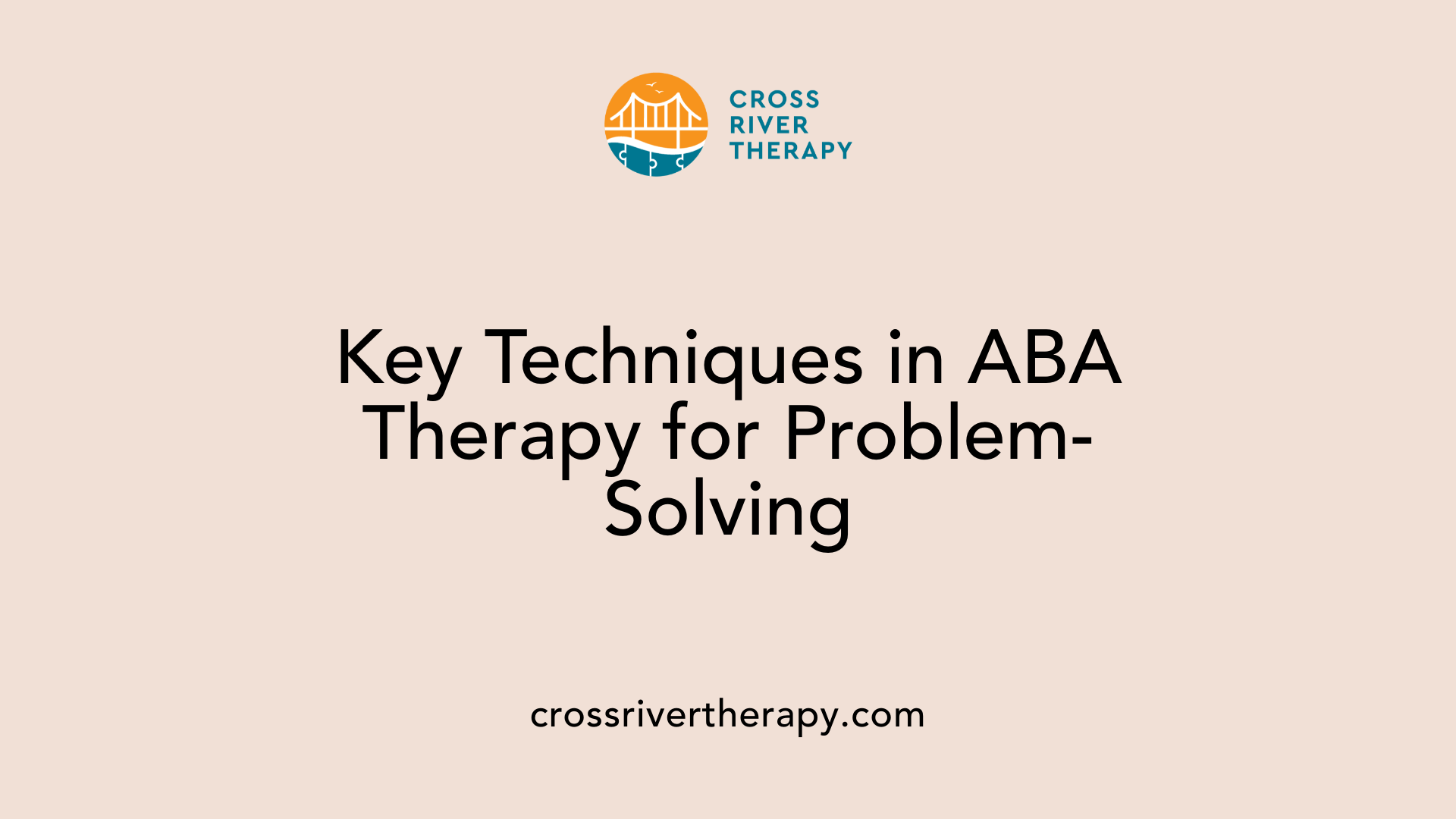
What are some techniques of ABA therapy related to problem-solving?
ABA therapy incorporates a variety of techniques that enhance problem-solving skills for children, particularly those with Autism Spectrum Disorder (ASD). One central technique is task analysis, which breaks down complex problems into simpler, manageable steps. This method allows children to focus on each component of the problem, leading to more effective learning.
Another vital element is positive reinforcement. By providing immediate feedback or rewards when children successfully engage in problem-solving, therapists encourage them to continue striving for success. This not only boosts a child’s confidence but also reinforces the desire to solve problems independently.
Structured approaches in ABA therapy
A structured problem-solving approach is emphasized in ABA therapy. This typically involves five steps:
- Detecting the problem
- Defining the problem based on functional determinants
- Brainstorming potential solutions
- Evaluating those solutions
- Implementing the chosen solution and assessing its outcomes
This systematic method helps children learn how to approach problems logically.
Supervisor's role in problem-solving
The role of the supervisor in ABA therapy is crucial. They facilitate open communication, enabling supervisees to share challenges and successes in identifying and solving problems. By helping children confront avoidance behaviors, supervisors promote a deeper understanding of their issues, enhancing their problem-solving capabilities.
Backward chaining as a learning tool
Backward chaining is another effective technique used to break down problem-solving into actionable steps. In this method, the last step of a task is taught first, allowing children to experience success immediately. Subsequently, they learn the preceding steps, ensuring a gradual buildup of skills.
These targeted strategies in ABA therapy are designed to foster essential problem-solving skills, contributing to a child’s long-term independence and functionality.
Customizing ABA Strategies for Problem Solving
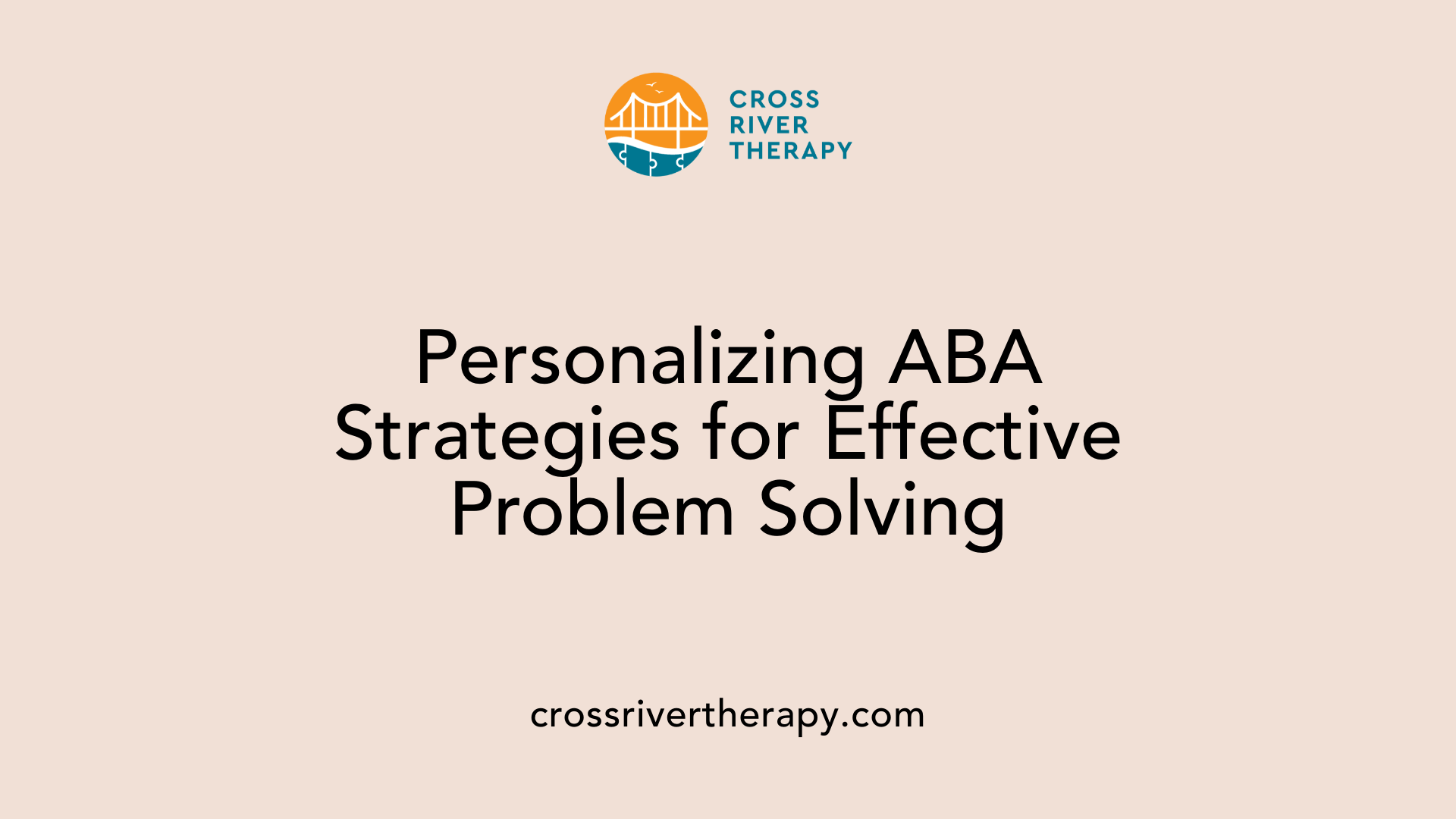
How are ABA therapy strategies customized to enhance problem-solving skills in children with autism?
ABA therapy employs a tailored approach to enhance problem-solving skills in children with autism. The process begins with a Functional Behavior Assessment (FBA). This assessment allows therapists to identify each child's unique challenges and strengths, ensuring that interventions are targeted and effective.
Individualized programs derived from the FBA include:
- Task Analysis: Breaking down complex tasks into manageable steps helps children understand how to approach problem-solving logically.
- Positive Reinforcement: Immediate feedback and rewards for desired behaviors motivate children to engage in the learning process, promoting independence.
- Diverse Learning Environments: Strategies are implemented across various settings, such as home and school, to allow children to apply their skills in real-life situations, fostering adaptability.
Incorporating these methods not only sharpens critical thinking but also integrates natural learning experiences, further enhancing a child's development in problem-solving. The adaptability and individualized nature of ABA make it a powerful tool for improving overall learning and behavior.
Empirical Evidence Supporting ABA's Impact
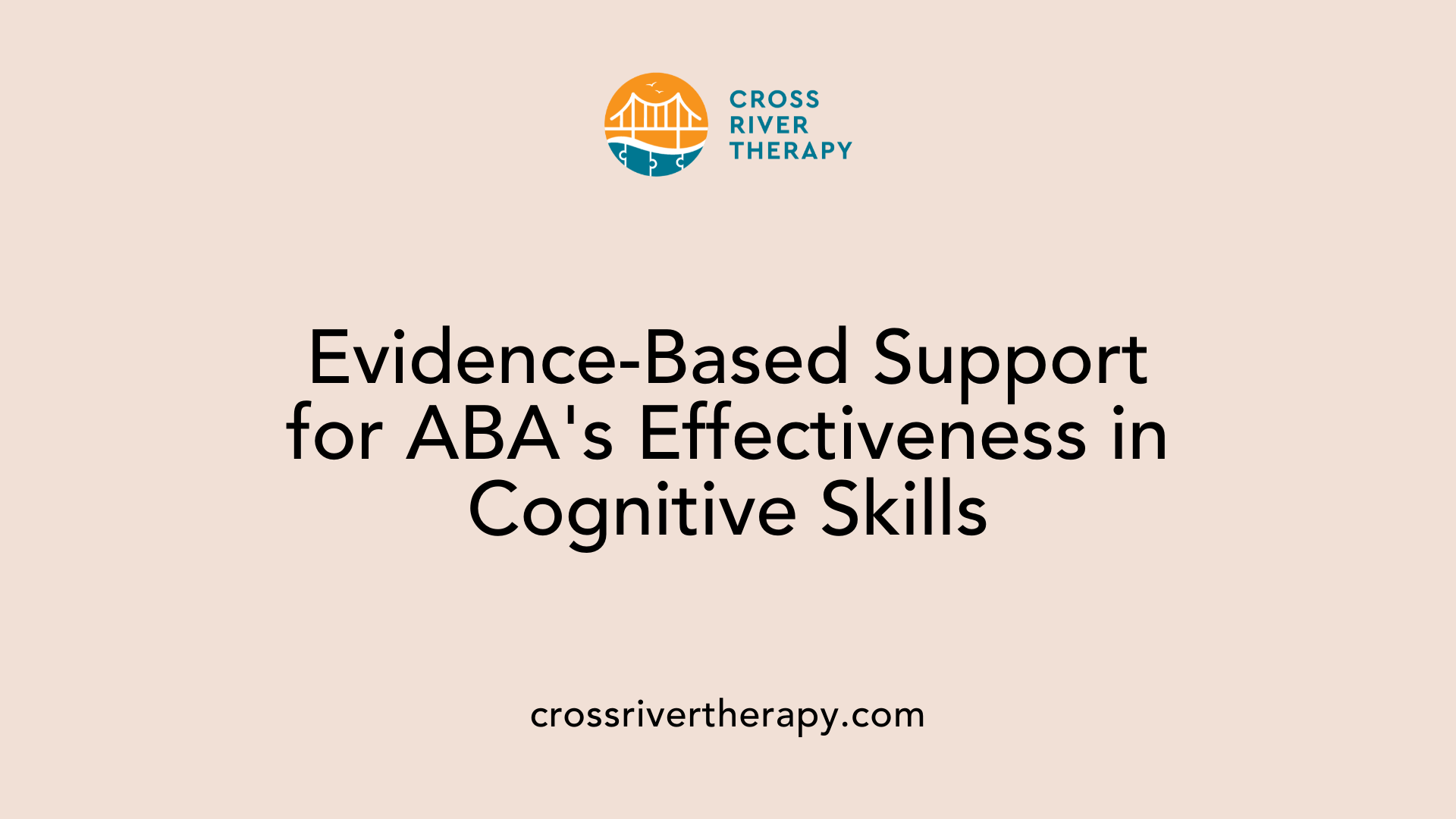
What evidence supports the impact of ABA therapy on cognitive skills and problem-solving in children with autism?
Numerous studies demonstrate that Applied Behavior Analysis (ABA) therapy significantly enhances cognitive skills and problem-solving abilities in children with autism. ABA is grounded in behavioral science principles and employs strategies like positive reinforcement to encourage beneficial behaviors while reducing harmful ones.
Key components of ABA therapy include individualized programs tailored to a child's specific strengths and weaknesses. Research has established that these personalized interventions are effective for improving critical thinking, communication, and social interaction. The National Autism Center's systematic review highlights ABA's strongest research support for child skill development, particularly in enhancing cognitive function and problem-solving skills.
The therapy has a compelling history; its application dates back to the 1960s and has gained recognition as an evidence-based practice endorsed by reputable organizations like the American Psychological Association. Furthermore, intensive and consistent use of ABA—often totaling 20 to 40 hours weekly—can lead to substantial gains in both intellectual functioning and academic proficiency.
Applying ABA Techniques at Home and School

How can parents and caregivers apply ABA therapy techniques in educational and home environments?
Parents and caregivers can effectively apply ABA therapy techniques by creating consistent reinforcement strategies aimed at promoting positive behaviors. Recognizing the A-B-Cs (Antecedent, Behavior, Consequence) framework helps in identifying the triggers and consequences associated with specific behaviors, facilitating targeted interventions.
To assist in skill development, breaking down tasks into manageable steps is essential. For instance, to teach a child to brush their teeth, one might focus on steps like squeezing toothpaste onto the brush or rinsing afterwards. This stepwise approach simplifies complex tasks into achievable milestones.
Positive reinforcement, which can be in the form of praise or small rewards, plays a crucial role in motivating children to engage in desired behaviors consistently.
How can ABA be integrated into daily life?
Integrating ABA techniques into everyday routines is vital for creating an enriching learning environment. This can include using natural opportunities to teach during activities like playtime, mealtimes, or routine chores. For example, during cooking, parents can involve their children in measuring ingredients, thereby fostering independent living skills.
To ensure the effectiveness of ABA interventions, collaboration with qualified professionals, such as Board Certified Behavior Analysts (BCBAs), is recommended. These experts can help parents develop tailored plans that cater to each child's unique challenges and strengths, ensuring a more personalized approach to learning.
Conclusion: The Transformative Power of ABA
ABA therapy offers a transformative approach for children with autism, underpinning substantial improvements in problem-solving skills. By focusing on individualized strategies and evidence-based techniques, ABA not only fosters cognitive and developmental growth but also empowers children to achieve greater independence in their daily lives. Through ongoing research and empirical support, the efficacy of ABA therapy continues to be recognized, making it a pivotal component of autism intervention programs. As parents and caregivers implement these strategies at home and in educational settings, they can significantly enrich the learning experiences and life outcomes of children under their care.
References
- How ABA therapy can help children with autism develop ...
- Why ABA Therapy Can Help Your Child - Solutions to the Puzzle
- Developing Social Skills Through ABA Therapy for Autism
- How ABA Therapy Can Help Children with Autism Thrive
- Building Problem-Solving Skills in Autism - Rainbow ABA Therapy
- The Benefits of ABA Therapy - The Autism Therapy Group
- The Benefits of ABA Therapy for Children with Autism
- ABA Therapy for Kids: Building Problem-Solving Skills ...
- Structured Problem solving skills part 1 - ABA Technologies
- Structured Problem solving skills part 2 - ABA Technologies



